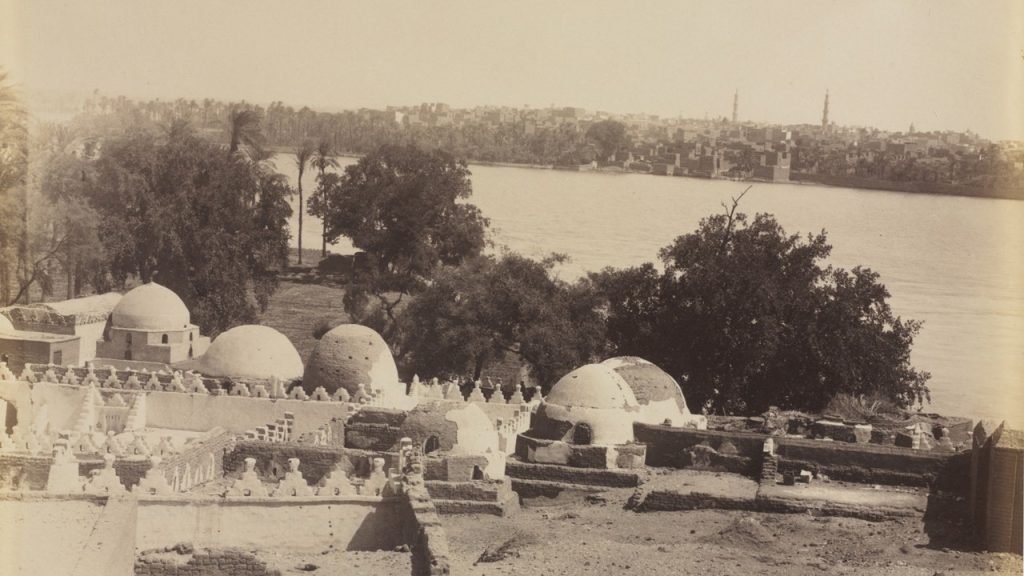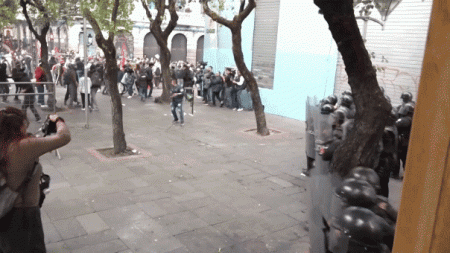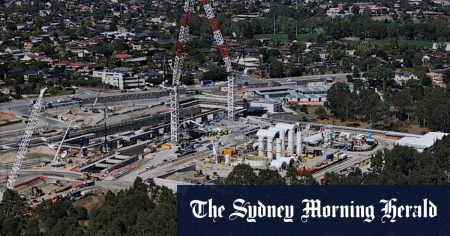Archaeologists recently made a fascinating discovery while excavating the tomb of Jifai-Hapi, an important governor during Egypt’s Middle Kingdom. The tomb of his daughter, known as “Edi,” was found about 50 feet below the surface. This burial chamber contained two intricately painted coffins, with one placed inside the other. The larger coffin measured 2.62 meters, while the smaller one was 2.30 meters in size. In addition to the coffins, other items found in the chamber included a small coffin lid, canopic jars, and wooden structures. Despite evidence of looting in ancient times, there were enough remains for experts to study, revealing that Edi died before the age of 40 and had a congenital foot defect.
Jifai-Hapi’s tomb is the largest non-royal cemetery from the Middle Kingdom, indicating his significance in ancient Egyptian society. The discovery sheds light on a period often overshadowed by the more famous Old Kingdom and New Kingdom. The Middle Kingdom was a time of great artistic and cultural splendor, as evidenced by the intricate paintwork on the coffins found in Edi’s burial chamber. Experts hope that further research will provide more insights into the lives of Jifai-Hapi and his daughter. The excavation was a collaborative effort between the University of Sohag in Egypt and the Free University of Berlin, showcasing the international collaboration in archaeological research.
The Ministry of Tourism and Antiquities announced the discovery on October 2, 2024, through a Facebook post. The findings in Asyut offer a valuable opportunity to expand knowledge about the Middle Kingdom and its historical significance. The well-preserved structural elements, along with the remains of Edi, provide a glimpse into the cultural and artistic achievements of that era. The presence of painted coffins, canopic jars, and other artifacts in the burial chamber suggests a high level of craftsmanship and dedication to honoring the deceased in ancient Egyptian society.
The excavation caught the attention of archaeological experts and enthusiasts, including Joann Fletcher, a professor of archaeology at the University of York in the United Kingdom. Fletcher highlighted the importance of the new discovery in enriching our understanding of the Middle Kingdom period. Beyond the well-known pharaohs of the Old and New Kingdoms, the Middle Kingdom played a pivotal role in shaping Egyptian history and culture. The intricate paintwork on the outer coffin found in Edi’s tomb underscores the artistic achievements of that era, further emphasizing the need to explore and uncover more hidden treasures from this period.
As researchers continue to study the remains and artifacts found in the burial chamber, they hope to unravel more details about the lives of Jifai-Hapi and his daughter. The presence of a congenital foot defect in Edi’s remains offers clues about her health and potential challenges she faced during her lifetime. By piecing together information from the excavation, experts aim to reconstruct the social, cultural, and political landscape of the Middle Kingdom. The ongoing research efforts led by the Ministry of Tourism and Antiquities signify a commitment to preserving and sharing Egypt’s rich archaeological heritage with the world.
Overall, the discovery of Edi’s burial chamber in Jifai-Hapi’s tomb represents a significant breakthrough in Egyptian archaeology. The intricate coffins, along with other artifacts, provide a tangible connection to the past and offer insights into the funerary practices and beliefs of ancient Egyptians. The presence of looting in the tomb highlights the challenges faced by archaeologists in preserving and studying historical sites. Despite these obstacles, the dedication of researchers and institutions to uncovering the mysteries of the Middle Kingdom remains unwavering. The story of Jifai-Hapi and his daughter Edi continues to unfold, inviting us to explore and appreciate the cultural legacy of ancient Egypt.













